Lab Technology, Hardware & Services
The lab maintains technologies, hardware and services that make up the infrastructure for working with data - for data science in the widest sense of the term, from creation of data over transport to storage, analysis and applications.
Sensors

You are likely to find any type of sensor you can imagine in our sensor library. If we do not have it yet, we can add it.
Our focus areas include - air quality, indoor and outdoor (NOx, COx, O3, vapors, alcohol, …) - water chemistry and properties (temperature, pH, dissolved oxygen, conductivity, ammonia, nitrite, and others) - water meters - acoustics, audio, vibrational sensing - sensors relevant for agricultural and environmental research
IoT networks
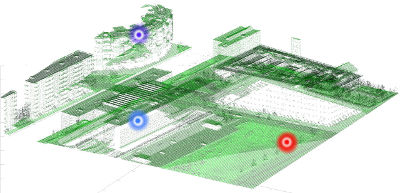
We have boards and modules for (and experience in) LoRa(WAN), Sigfox, zigbee, LTE, 802.15.4, WiFi, BLE and can add all networks of interest for IoT applications.
In additon ot physical items, we maintain the invisible part of IoT, the networks: we operate one of the busiest danish gateways on The Things Network, reaching far into Sweden and all the way to Germany on a good day, plus a number of other gateways, in projects all over Denmark and beyond.
We participate in beta testing satellite LoRaWAN networks.
Here s an introduction to some of this, as presented at the Copenhagen Techfestival 2018:
IoT, TheThingsNetwork at Techfestival 2018
Resources for data science & machine learning
We maintain a wide variety of infrastructure and services for data sceince in the widest sense of the term, both as physical infrastructure and within the virtual environment of the IT University.
- GPU boards & clusters
- Ambari / Hadoop / Spark environment
- Grafana
- Databases, relational and timeseries DBs
Currently (Oct 2020), the DASYA Lab is managing the ITU HPC Cluster, http://hpc.itu.dk (internal network only).

Embedded boards & small computers
Arm Cortex boards
- STM32L432 Nucleo-32
- STM32L476 Nucleo-64
- STM32H745 Nucleo-144
Arduino & Arduino compatible boards

Arduinos of many different types and shapes, from old to new: DueMilanove, Uno, Mega, Pro, Pro Mini, Lilypad, AT Tiny, Yun, Rocketscream, … 30+ Sparkfun Inventor Kits, some Grove kits.
STM32, ESP32, ESP8266: wemos, cubecell, 32u4, TTGO, …
Raspberry Pi

The lab has several dozens of Raspberry Pi – various models, plus camera modules, network interfaces, BrickPi, etc
Embedded micropython boards
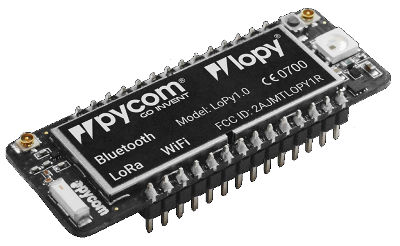
As an alternative to the Arduino environment, we have sets of pycom micropython devices for five different networks - WiFi, BLE, LTE, LoRa, Sigfox.
Edge computing, tinyML, etc
- Nvidia Jetson TX2, Nano, Xavier
- Arduino Nano 33 BLE Sense
- Arduino Nicla Sense
- Arduino Nicla Vision
- OpenMV Cam H7 Plus
- ST B-L475E-IOT01A
- Himax WE-I Plus
- Sony’s Spresense
- Arduino Portenta H7 + Vision shield (preview support)
- Raspberry Pi 4
- NVIDIA Jetson Nano
- Intel Compute2 stick
UDOO boards
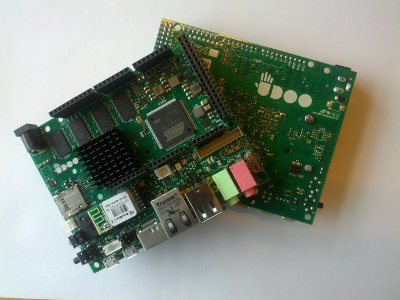
UDOO boards – embedded Linux/Android on an ARM processor board, combined with Arduino http://www.udoo.org/
Odroid
Odroid-xu4
RFID & NFC

RFID and NFC of many types, for Arduino, USB, cards, tags, etc
Android Phones, Pads

The Lab has a collection of Android phones of all types and generations.
Indoor location tracking and positioning
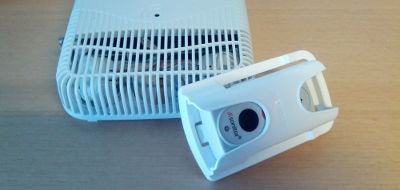
We have a number of technologies for Indoor location tracking and positioning, based on ultrasonics, radio/ultra wide band, optical, etc - e.g.
http://www.sonitor.com/ – high resolution indoor tracking of people and objects
Wireless sensor networks
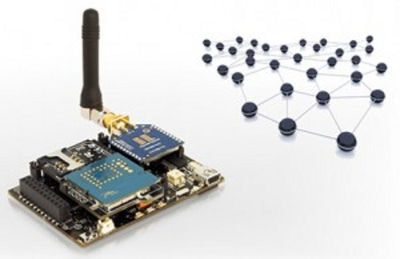
We have: Libelium Waspmote Sensor Kits with a variety of sensors and communication modules for Bluetooth, WiFi, Zigbee, GPRS, GPS. General Information, documents, API: http://www.libelium.com/support/waspmote Zolertia Z1 Arduino boards, shields, ADK boards, a variety of sensors
A variety of gateway devices for TinyOS, Contiki, a.o. (FitPCs, Alix boards)
3D printers
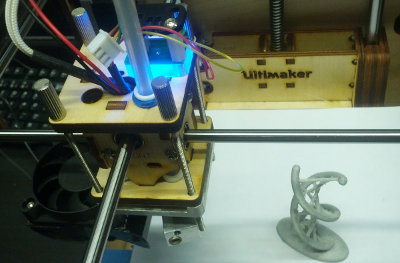
We currently have an Ultimaker and a number of Prusa i3. The printers are generally available to research, courses and projects, but please contact us to coordinate, or in case you need an introduction. Pls notice our opening hours. Useful resources: Ultimaker wiki: http://wiki.ultimaker.com/Main_Page specifically on 3D software, scanning, meshing: http://wiki.ultimaker.com/3D_design_tips Software for CAD/STL: http://reprap.org/wiki/Useful_Software_Packages …
Drones & copters
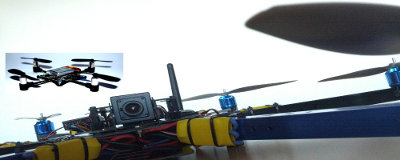
The lab has a collection of different flying objects: * DJI FlameWheel * IRIS+ * Parrot AR.Drone Quadricopter – see it in action, controlled by eye gaze: : https://www.youtube.com/watch?v=87IoWDCf9vk * ArduCopter 3DR Hexa C – http://www.udrones.com/product_p/achrtf1.htm * Crazyflie Nano Quadcopter 10-DOF (approx. May 2013)
RF gear, Spectrum Analyzers, Antenna analyzers
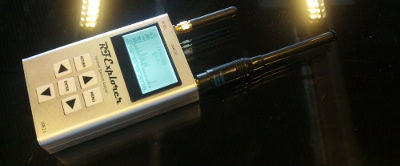
The lab has a variety of Spectrum Analyzers for the RF spectrum, from 140 to 6000 MHz, e.g. RF Explorer, http://micro.arocholl.com/index.php?option=com_content&view=article&id=4… and WiSpy http://www.metageek.net/products/wi-spy/, antenna analyzers
Bluetooth LE, iBeacons, building infrastructure

ITU iBeacon InfoBluetooth LE & iBeacons & Eddystone in a variety of models and form factors, e.g. Roximity, Minew and Estimote iBeacons, dongles like plugable and BlueGiga BLED112, and self-built PiBeacons (based on Raspberry Pi). iBeacons are deployed throughout the building – this guide explains the beacon properties / locations:
PITLab Aquarium

The PITLab Aquarium was a small in-lab water tank, equipped with the following sensors: – pH – DO (Dissolved Oxygen) – Conductivity – Reduction Potential – Temperature (all sensors by Atlas Scientific, http://atlas-scientific.com/ ) The aquarium was used in various research and education activities, and while it is no longer active, all its components are still there.